Sydney blue gum is an Australian native hardwood timber species that is widely used in general construction and for flooring, furniture and joinery.

Shrinkage
| Very Low | Low | Medium | High | Very High | |
|---|---|---|---|---|---|

|

|
||||
Tangential : |
9.50%
|
||||
Radial : |
5.40%
|
||||
Unit Movement Tangential: |
0.34%
|
||||
Unit Movement Radial: |
0.24%
|
Strength Group

Very High |
High |
Reasonably High |
Medium High |
Medium |
Reasonably Low |
Low |
Very Low |
||
Unseasoned: |
S1 |
S2 |
S3 |
S4 |
S5 |
S6 |
S7 |
S8 |
|
|---|---|---|---|---|---|---|---|---|---|
 |
|||||||||
Seasoned: |
SD1 |
SD2 |
SD3 |
SD4 |
SD5 |
SD6 |
SD7 |
SD8 |
|
 |
Stress Grade

| Structural No. 1 |
Structural No. 2 |
Structural No. 3 |
Structural No. 4 |
Structural No. 5 |
|
Unseasoned: |
F17 |
F14 |
F11 |
F8 |
F7 |
Seasoned: |
F27 |
F22 |
F17 |
F14 |
F11 |
Density per Standard

Seasoned: |
840kg/m3
|
|---|---|
Unseasoned: |
1110kg/m3
|
Joint Group

Very High |
High |
Reasonably High |
Medium |
Low |
Very Low |
|
Unseasoned: |
J1 |
J2 |
J3 |
J4 |
J5 |
J6 |
|---|---|---|---|---|---|---|
 |
||||||
Seasoned: |
JD1 |
JD2 |
JD3 |
JD4 |
JD5 |
JD6 |
 |
Colour

| White, yellow, pale straw to light brown | Pink to pink brown | Light to dark red | Brown, chocolate, mottled or streaky | |
 |
||||
Mechanical Properties
Modulus of Rupture - Unseasoned: |
76
|
|---|---|
Modulus of Rupture - Seasoned: |
122
|
Modulus of Elasticity - Unseasoned: |
12
|
Modulus of Elasticity - Seasoned: |
15
|
Maximum Crushing Strength - Unseasoned:  |
41
|
Maximum Crushing Strength - Seasoned: |
66
|
Impact - Unseasoned: |
17
|
Impact - Seasoned: |
18
|
Toughness - Unseasoned: |
Medium - 15 - 24 Nm
|
Toughness - Seasoned: |
Medium - 15 - 24 Nm
|
Hardness - Unseasoned: |
5.8
|
Hardness - Seasoned: |
8.1
|
Durability
| Low | Moderate | Reasonably High | High | |
| (0 - 5 yrs) | (5 - 15 yrs) | (15 - 25 yrs) | (more than 25 yrs) | |
In-Ground: |
 |
|||
| (0 - 7 yrs) | (7 - 15 yrs) | (15 - 40 yrs) | (More than 40 yrs) | |
Above ground: |
 |
|||
| (0 - 20 yrs, usually < 5) | (21 - 40 yrs) | (41 - 64 yrs) | (More than 60 yrs) | |
Marine Borer Resistance: |
 |
Lyctid Borer Susceptibility: |
Susceptible |
|---|---|
Lyctid Borer Susceptibility - Other: |
|
Termite Resistance: |
Not Resistant
|
Fire Properties
| 0 | 1 | 2 | 3 | 4 | 5 | 6 | 7 | 8 | 9 | 10 | |
EFH Spread-of-Flame Index: |
|||||||||||
EFH Smoke-Developed Index: |
Critical Radiance Flux - Lower: |
>2.2 and <4.5 |
|---|---|
Critical Radiance Flux - Higher: |
>2.2 and <4.5 |
Smoke Development Rate: |
<750
|
| 1 - non-combustible | 2 - reasonably non-combustible | 3 - slightly combustible | 4 - combustible | |
Fire Properties Group |
Average Specific Extinction Area: |
<250
|
|---|---|
Bushfire Resistance: |
BAL 12.5 and 19 – All AS3959 required applications
|
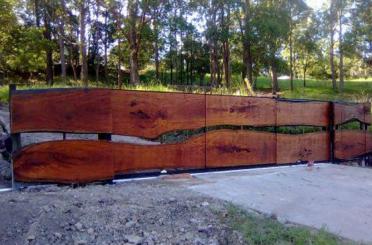
Fencing
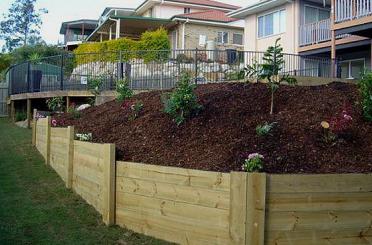
Retaining Walls (Landscaping)
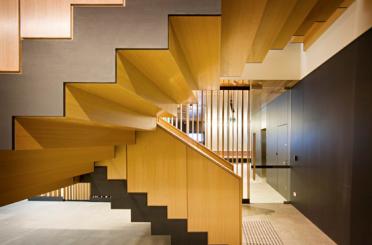
Stairs, Interior
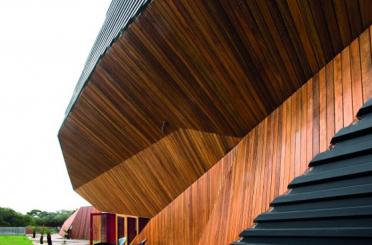
Cladding, External
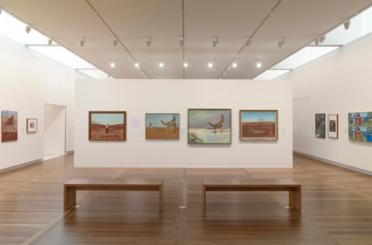
Flooring
Allied Forest Products

Australian Solar Timbers
Australian Timber

Bakers Joinery

Cameron's H Hardware

Classy Timber Flooring

Coffs Harbour Hardwoods
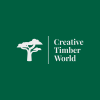
Creative Timber World
Dekhar Outdoors

Floors of Distinction

Garde Timber Pty Ltd
Hammer Roo
Hammersmith
M1 Timber Works Pty Ltd

Matilda Veneer

Outlast Timber Supplies

Pentarch Forestry

Ridgewood Timber Pty Ltd

The Log Factory








